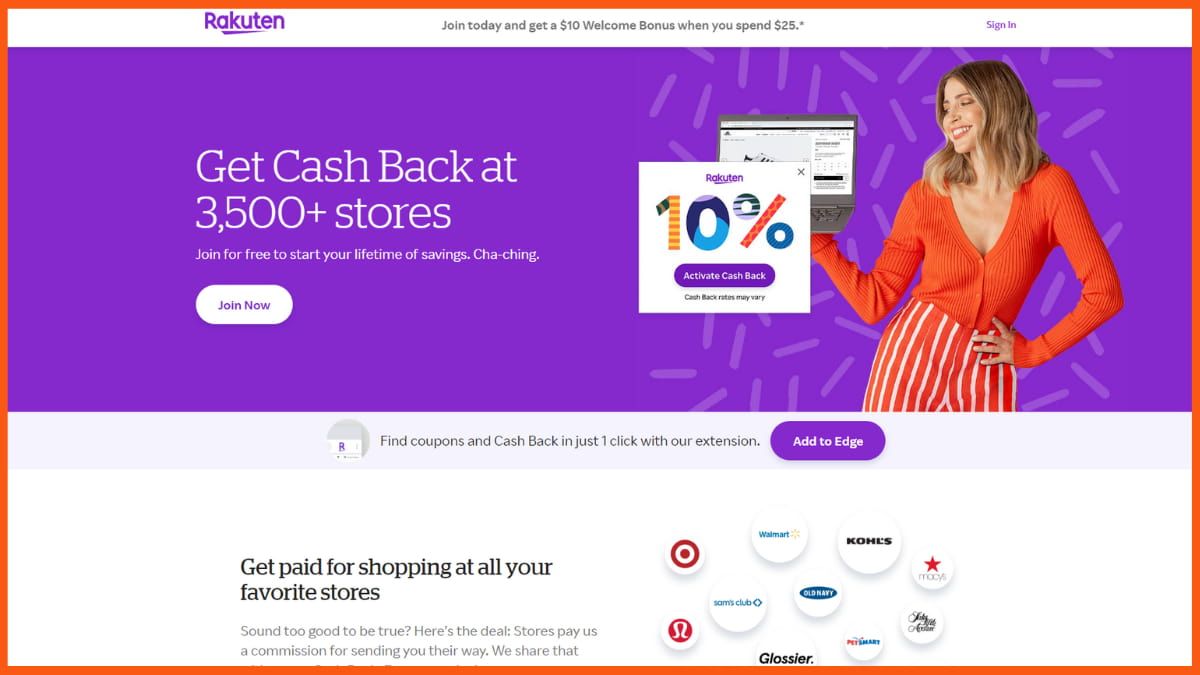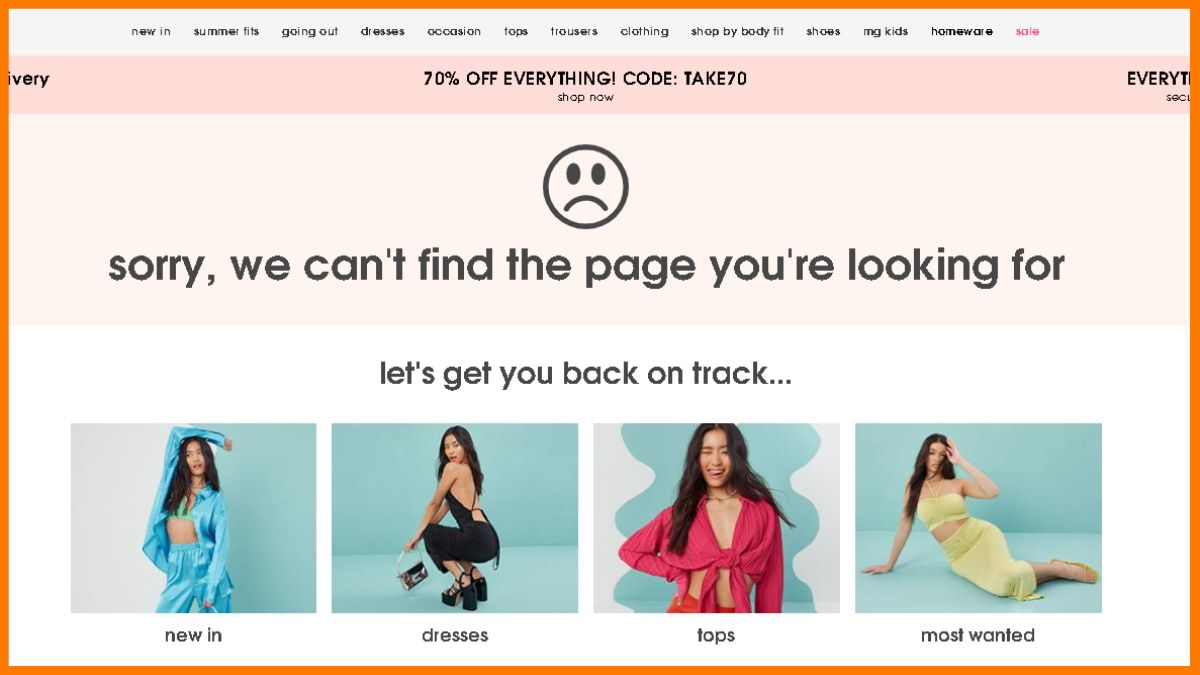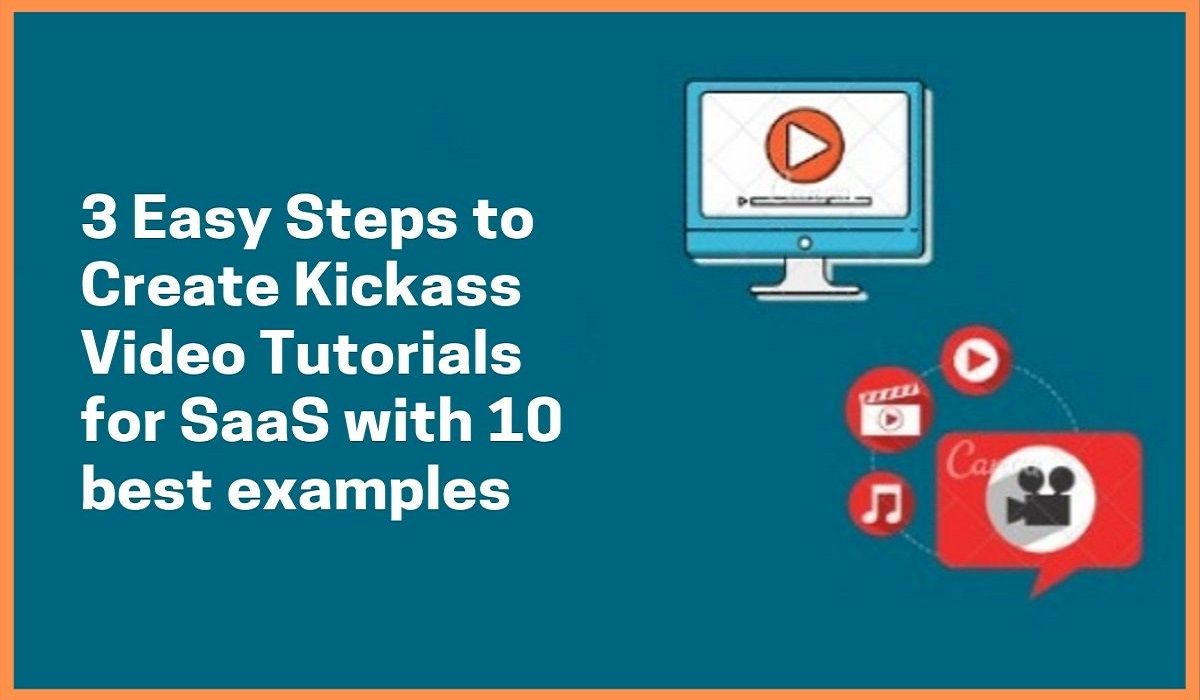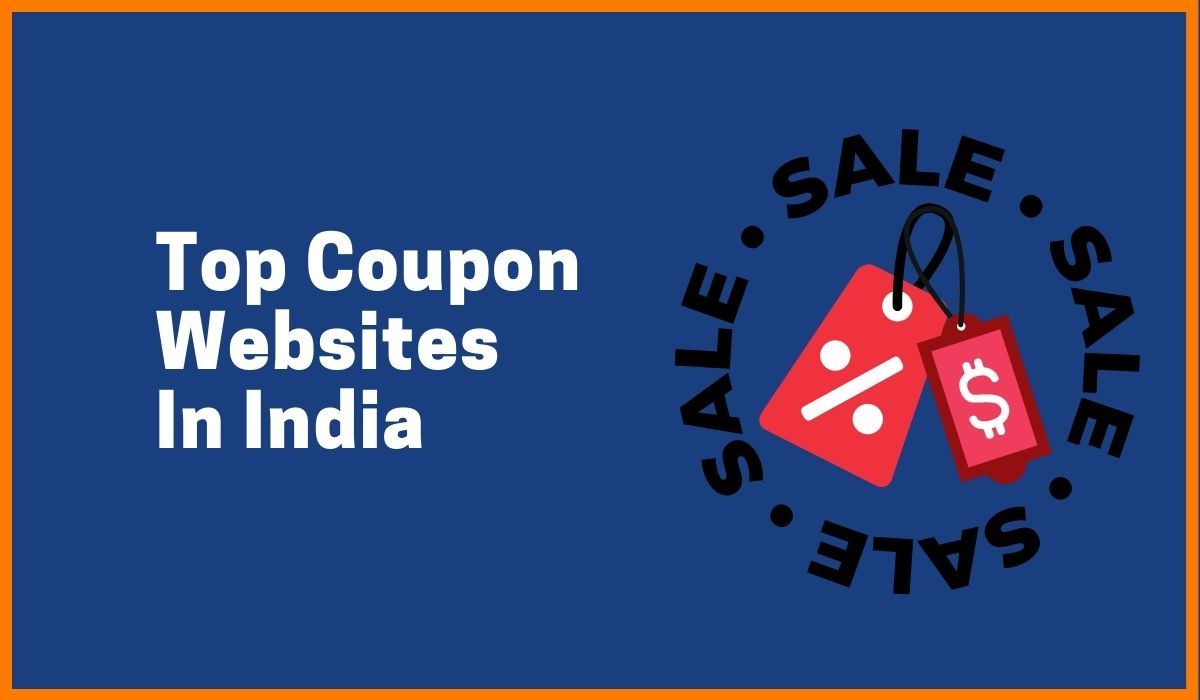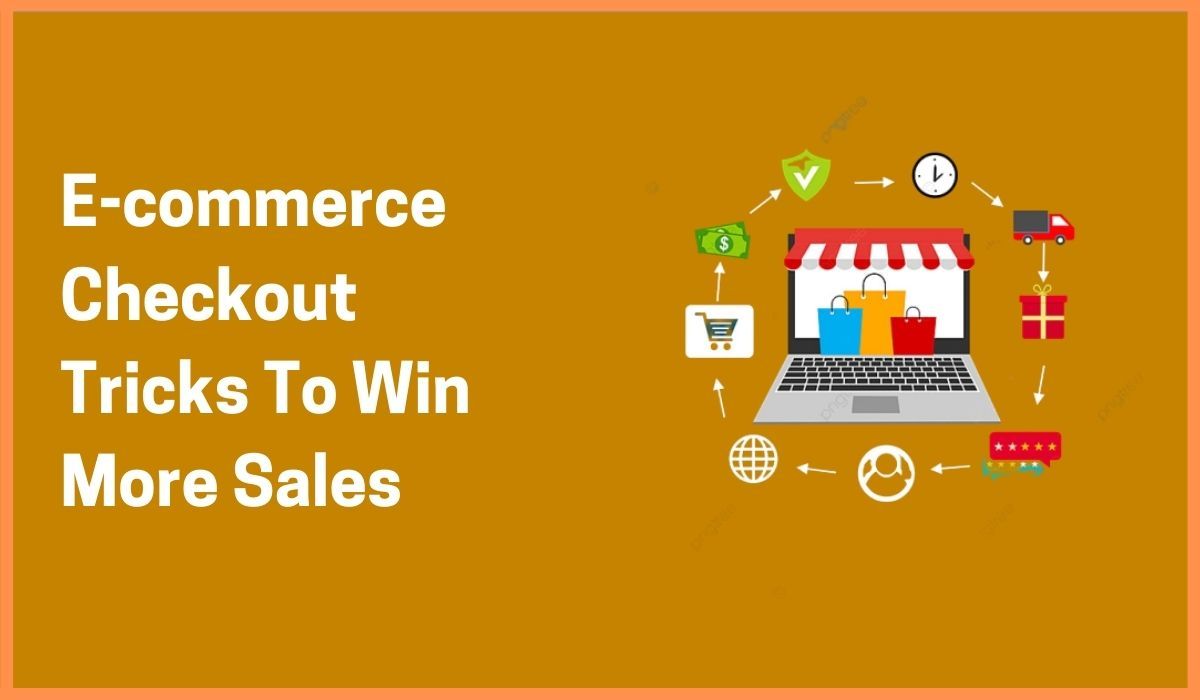E-commerce is the relatively newer and lately more preferred method of trade and commerce. You can find almost everything you need on the internet, ranging from groceries to electronics, from books to even SaaS software. E-commerce has enabled us to buy and sell products online, and since the pandemic has forced us to stay indoors for most of the previous year, it has only encouraged E-commerce sales.
E-commerce works with online stores selling either their own products or products that other people list for sale. Until a few years ago, building and managing an online store would require having extensive knowledge of web development frameworks, some of the popular ones being Node, React, Angular, and Django.
However, with the advent of no-code e-commerce platforms, this has changed, and although some might still prefer custom-made landing pages and websites, the no-code E-commerce platforms are an ever-expanding regime of fresh and advanced features without the need for any code. This is why finding the best platform for eCommerce website development is hard.
What is a No-Code E-commerce Development Platform?
No Code E-commerce Development Platforms allow you to develop, manage, and run your own E-commerce platform and sell your products online without typing a line of code. Most of the best website builder software platforms offer pre-built templates and an efficient and intuitive drag-and-drop interface that make it easy to create and customize your store, add products, manage orders and payments and allow users to design and brand their own logos.
Here we compare the top 5 no-code eCommerce development platforms, so you can choose the best suited for you in accordance with your design and the kind of store you want to run. Hopefully, this article will give you the best no-coding eCommerce website.
BigCommerce
Shopify
SquareSpace
Wix
Weebly
Swell
BigCommerce
| Website | www.bigcommerce.com |
|---|---|
| Rating | 4.4/5 |
| Founded in | 2009 |
| Best for | Retail businesses of all sizes |
| Powering | 95 thousand sites |
| Entry Level Price | $29.95/month |
| Free Trial | 15-Days |

BigCommerce is one of the best eCommerce development platforms as it allows you to build your own online store without any code and offers a free trial period of 15 days as you choose a suitable plan. It offers e-commerce development tools and essential features to design your storefront specific to your needs and helps you launch your store with expert E-commerce support. They manage updates, security, and hosting for you, allowing you to concentrate on meeting customer needs.
Moreover, as you build your brand along the way, you can also scale your business with BigCommerce. Be it store management, or driving customer traffic to your store, this no code development platform can handle it all, and all you need to really focus on is selling the right product.
Features Offered by BigCommerce
- BigCommerce is among the top nocode platforms as it offers some of the best inventory management tools to give the best user experience to your customers with a personalized approach.
- It allows you to choose from the most trusted shipping and payment accepting services so you can have a customized experience.
- The BigCommerce website builder helps you get to drive higher traffic to your store through advanced SEO strategies and customizable URLs.
- Big Commerce also offers Plug-in POS integrations such as Square and Clover, along with channel integrations with giants like Amazon, eBay, and Facebook.
- Advanced marketing tools help your customers enjoy an efficient experience and a streamlined checkout, so they keep returning.
Pros:
- A 15-day free trial is available
- SEO tools to improve organic reach
- Seamless selling on social media
- One-click integration with Google Shopping
- Robust page builder
- Webinar, tutorial, and guide are available
- Email Marketing tool
- Easy to use
Cons:
- Doesn’t allow to add custom typeface in themes
Pricing for BigCommerce
BigCommerce offers 4 different pricing plans namely the Standard Plan, Plus Plan, Pro Plan, and Enterprise Plan. While Bigcommerce offers 15 days free trial. Most of the features of paid plans are similar such as mobile responsive website, single-page checkout, multi-currency support, and more. The pricing details of each plan are given below.
| Plan | Monthly Pricing | Annual Pricing |
|---|---|---|
| Standard | $29.95/month | $29.95/month |
| Plus | $79.95/month | $71.95/month |
| Pro | $299.95/month | $269.96/month |
| Enterprise | Custom Price | Custom Price |
Try BigCommerce Now

Shopify
| Website | www.shopify.com |
|---|---|
| Rating | 4.5/5 |
| Founded in | 2004 |
| Best for | Best for Larger Businesses |
| Powering | 800 thousand sites |
| Entry Level Price | INR ₹20/month |
| Free Trial | 3-Days |

Shopify website is one of the most popular E-commerce platforms and the best no-code website builder software, as it allows users to build, manage and run their very own online stores. Shopify provides an online store, a payment processor for credit cards, and a POS app to support in-store transactions. This best website builder, allows you to start your online business, market and sell your products, and manage your store on a day-to-day basis, without having to type a single line of code.
Statistics have shown that about 1 million businesses have delivered using Shopify, and have generated combined sales of over $200 billion. Numerous renowned brands, including Tesla Motors, Budweiser, Red Bull, LA Lakers, GoldieBlox and the New York Stock Exchange trust Shopify to power their business.
Features Offered by Shopify
- Shopify India offers an online platform for starting an online store and serving customers while you can also hire Shopify experts.
- Shopify app offers tools such as Kit and Klaviyo for social media marketing so you can reach more customers.
- Oberlo and Printful are some dropshipping tools offered to users by Shopify even furnishing you with the facility of print on demand.
- With this no code development platform, you can sell anywhere and to anyone with a Point of sale, as well as online through your website.
- Get the required insights with an interactive dashboard to manage payments and shipping, which is what makes it the top no code development platform.
Pros:
- Free trial is available
- Abandoned cart recovery
- Free SSL certificate
- Analytics and reports
- Marketing automation
- Pre-built good-looking themes
- 24/7 email and live chat support
- Wide range of integration
- Drag and drop store builder
Cons:
- Limited features in the basic plan
- Difficult to migrate your site to other platform
Pricing for Shopify
Shopify India offers 3 different pricing plans, called the Basic Shopify plan, the Shopify plan, and the Advanced plan. The Basic plan is suited to new businesses, The Shopify plan is built for a growing business and the Advanced plan is more suited to scaling businesses. The pricing details of each plan are given below.
| Plan | Monthly Pricing | Annual Pricing (Save 10%) |
|---|---|---|
| Basic | INR ₹20/month (For 3 Months) | INR ₹1,349.08/month |
| Shopify | INR ₹5,599/month | INR ₹5,039.08/month |
| Advanced | INR ₹22,680/month | INR ₹20,412/month |
Start Using Shopify Now

SquareSpace
| Website | www.squarespace.com |
|---|---|
| Rating | 4.6/5 |
| Founded in | 2007 |
| Best for | A Dream for Creatives |
| Powering | 2 million sites |
| Entry Level Price | $23/month |
| Free Trial | 14-Days |

SquareSpace is another open-source no code platform that is among the top no-code development platforms as it offers creatives simple tools to build their own websites. This platform enables you to create a website quickly, even if you’re a beginner. It can be done using the well-known “drag and drop” technique. Its extensive selection of templates lets you build professional websites with minimal design. It offers a plethora of no code tools and industry-standard templates to choose from along with all the tools that you need to run your online store.
SquareSpace makes E-commerce easy with a user-friendly website design and customer services, making it the best no-code web app builder. With SquareSpace, not just products from your inventory, you can also sell subscriptions and digital content.
Features Offered by SquareSpace
- Not just physical goods, with this no code desktop app builder, you can also help your business grow with appointments and other services.
- Enable online bookings and calendars with customer emails and make a mailing list for email campaigns to reach a wider audience.
- Integrate social channels and embed maps in your website to make announcements and guide your customers to find your business.
- Offer flexible payments and checkout options to your customers with a built-in tax compliance tool and that is why it is the best no code platform.
- Also, give out discounts and coupons to your customers to improve conversion rates and recover abandoned carts.
Pros:
- Robust online store builder
- Blogging tools for product release
- Built-in SEO tools
- In-depth analytics
- Mobile app is available
- Free-trial is available
- Free logo maker
- Intuitive interface
Cons:
- Limited customizations options
- Some users reported slow page loading speed
Pricing for SquareSpace
SquareSpace offers its users 4 different pricing options – Personal Plan, Business Plan, Commerce Basic Plan, and the Advanced Commerce Plan. While Business Plan is the most popular one, the Commerce Basic and Commerce Advanced plans are the ones you should explore if you wish to build an online E-commerce store. The pricing details of each plan are given below.
| Plan | Monthly Pricing | Annual Pricing |
|---|---|---|
| Personal | $23 per month | $16 per month (Save 30% annually) |
| Business | $33 per month | $23 per month (Save 30% annually) |
| Commerce Basic | $36 per month | $27 per month (Save 25% annually) |
| Commerce Advanced | $65 per month | $49 per month (Save 24% annually) |
Start Using SquareSpace Now

Wix
| Website | www.wix.com |
|---|---|
| Rating | 4.4/5 |
| Founded in | 2006 |
| Best for | All-around website builder on the market |
| Powering | 220 million sites |
| Entry Level Price | ₹500/month |
| Free Trial | Not Available |

Wix is a no-code eCommerce website creation platform that helps you build, launch and manage your website in different niches including E-commerce. The all-in-one eCommerce website builder offers you all the tools that you need to successfully run your business or an online store tailored to your specific needs.
It is also known to be the best platform for eCommerce website development, as you can connect with a team of professional designers and marketers to build your brand and start selling.
With Wix, users have access to an intuitive drag-and-drop editor, professionally designed templates, and powerful tools that make it a breeze to create all kinds of websites – from online stores to small business sites. Wix offers many features in its plans, plus their templates have built-in features related to the specific industry. For example, a restaurant template would already come with a booking and billing feature!
Features Offered by Wix
- Wix offers an Open Development Platform and a rapid Front-end design for you to transform an idea and implement it with product managers.
- It is among the best website builder software as you also get an Omnichannel Solution for Customer Support, fully integrated with your E-commerce suite.
- Wix templates allow you to create a digital hub with media libraries and create password-protected pages to engage employees.
- Wix website builder also offers scalable hosting, and enterprise standard security features, with compliance across various business niches.
- You also enjoy third-party integrations and APIs and accelerated web development with team collaboration, making it the best website builder for small businesses.
Pros:
- More than 1000 designs
- Mobile app is available
- Free online store builder
- 80+ payment providers
- Wix logo generator
- User-friendly UI
- AI-powered ad campaigns
- Email marketing tool
- Excellent customer support
Cons:
- Doesn’t provide seamless template interchange
- Need to install third-party apps for advanced functionality
Pricing for Wix
Wix Business and eCommerce Plans offer 3 different pricing plans called the Business VIP Plan, Business Unlimited Plan, and the Business Basic Plan. If a Wix Premium Plan does not meet your expectations, you can cancel your subscription within 14 days and get a full refund without any additional questions. The pricing details of each plan are given below.
| Plan | Annual Pricing |
|---|---|
| Business VIP | ₹500/month, billed annually |
| Business Unlimited | ₹300/month, billed annually |
| Business Basic | ₹225/month, billed annually |
Try Wix Now

Weebly
| Website | www.weebly.com |
|---|---|
| Rating | 4.3/5 |
| Founded in | 2009 |
| Best for | Creative entrepreneurs who want to build online store |
| Powering | 50 thousand sites |
| Entry Level Price | Free |
| Free Trial | 14-Days |

Weebly is a popular website builder that allows you to create and manage your e-commerce online stores without the need to know how to code. This “no code” development tool is user-friendly and intuitive. It makes it easy for anyone to create a professional-looking online store in a matter of minutes.
Its drag-and-drop interface allows you to easily add and arrange elements on your website without needing to know HTML or CSS. This makes it simple for even those with no technical background to create a visually appealing online store. A variety of customizable templates and themes are available to choose from, so you can create a unique look and feel for your store that stands out from the crowd.
Additionally, Weebly offers a wide range of e-commerce features including inventory management, shipping and tax calculations, and integration with popular payment gateways.
Features Offered by Weebly
- It allows you to create detailed product pages with multiple images, descriptions, and pricing options to showcase your products.
- Shopping cart and checkout feature that allows customers to purchase multiple items at once and complete their purchase with a secure transaction.
- Built-in email marketing feature that helps users to create and send newsletters to their customers.
- All Weebly-built websites are optimized for mobile devices, ensuring that customers can easily browse and purchase products from their smartphones or tablets.
- Built-in SEO tools to help you optimize your online store for search engines and improve its visibility in search results.
- Customer Reviews to help your customer decide the best product.
Pros:
- Coupons and gift cards
- Inventory and shipping management
- Analytic tools
- Customizable email templates
- Bunch of pre-built templates
- Mobile app is available
- User-friendly dashboard
- Help-center articles
Cons:
- Limited number of templates are available
- The marketing feature is not up to the mark
Pricing for Weebly
Weebly offers 3 pricing plans i.e. Pro, Business and Business Plus. While the Pro plan is best for groups and organizations, the Business Plan is best for small businesses and stores, and the Business Plus plan is best for power sellers. The pricing details of each plan are given below.
| Plan | Yearly Pricing |
|---|---|
| Pro | $12/month, when paid annually |
| Business | $25/month, when paid annually |
| Business Plus | $38/month, when paid annually |
Try Weebly Now
Swell
| Website | www.swell.is |
|---|---|
| Rating | 4.2/5 |
| Founded in | 2015 |
| Best for | Best for ambitious and intelligent brands |
| Powering | 1,119 sites |
| Entry Level Price | Free Plan |
| Free Trial | 14 Days |

Swell is another no code E-commerce development platform and the best website builder for online stores designed especially for ambitious and intelligent brands. This platform is designed to work with any type of online store, from direct-to-consumer to marketplace, multi-vendor, pre-order, subscription-based, B2B, wholesale, and enterprise sales. Swell makes it easy to create an eCommerce website by providing pre-built themes that contain all the components you need. You simply have to drag and drop items into place. Swell can be integrated with Builder.io, Shogun, and Next.js Commerce for e-commerce use.
Swell no code desktop app builder is designed to help your business grow without having to worry about the infrastructure and maintenance of your website. This top no code development platform offers to rid your storefront from the backend using themes for modeling products. It provides brands and businesses with innovative tools to enhance their customer’s shopping experiences.
Features Offered by Swell
- Recover abandoned carts via email reminders and offer guest and custom checkout options to your customers.
- Give out discount coupons for limited time periods along with storewide discounts and generate bulk coupons with discount conditions and is the best no code web app builder because of this feature.
- Swell also allows for order editing along with payments and refunds, partial or full which is necessary for no code e-commerce.
- Include custom options and create unlimited product attributes. You can also increase revenue by creating product bundles for tracking the inventory.
- Get your own performance report and know what is selling and what isn’t. You can also export this data in a CSV format.
Pros:
- Abandoned cart recovery
- Visual storefront editor
- Multi-language and multi-currency support
- Free plan is available
- Help center articles and community support
- Interactive and robust dashboard
Cons:
- Paid plans are expensive compared to other platforms
Pricing for Swell
Swell offers a Community plan which is Free and 2 pricing plans i.e. Standard and Enterprise plans. While the Community plan is best to launch and grow a new online store, the Standard Plan is more suited for scaling businesses that look to enhance their marketing, and the Enterprise plan is built for large enterprises looking for unlimited scalability, greater control, and dedicated resources. The pricing details of each plan are given below.
| Plan | Monthly Pricing |
|---|---|
| Community | Free, pay only when you are selling |
| Standard | $299/month |
| Enterprise | $2,000+/month |
Limitations of No Code E-commerce Platforms
As the demand for e-commerce solutions continues to grow, more and more businesses are turning to no-code platforms as a way to quickly and easily set up an online store. These platforms, which require no coding or technical expertise, offer a simple and intuitive way to create and manage an e-commerce website. However, it’s important to understand that while no-code e-commerce platforms can be a great option for certain businesses, they also come with certain limitations that need to be considered.
- No-code e-commerce platforms have limited customization options. Many of these platforms use pre-built templates and themes, which can make it difficult to create a truly unique and customized online store. Additionally, many no-code platforms have limited functionalities, which can make it difficult to create a complex or highly customized e-commerce site.
- These platforms may not be able to handle a large amount of traffic or data. This makes it difficult to scale up a website as a business grows. The platform may not offer options for upgrading to more powerful servers or adding additional resources, this makes it difficult to scale the website as it grows. Many of these platforms are designed for small to medium-sized businesses and may not have the scalability and performance capabilities needed for larger or more complex e-commerce sites.
- Your website will be dependent on the platform and you may not be able to export the website if you wish to change the platform. Many platforms don’t allow their users to shift from their platform to another platform seamlessly.
- No Code E-commerce platforms may not have the same level of functionality as a website built with code. You may not be able to add custom features or integrations that are important to your business.
Conclusion
Starting an E-commerce website has proved to be a great source of revenue lately, and depending on your inventory, you can efficiently scale your business with an online store. Most of the above-listed eCommerce development platforms allow you to develop your own E-commerce store without coding by using their eCommerce development tools. While some of them allow for the use of custom code but aren’t mandatory.
While some of them are focused on E-commerce platforms, others like Wix help you build any kind of website that you need, and while some of the platforms are built to sell physical goods, others like SquareSpace also allow you to sell digital assets. So whatever the niche you’re planning to set up your online store in, you can always choose from one of the no-code eCommerce websites listed above to build your website without code.
It’s worth noting that while these no-code eCommerce platforms make it easy to set up and manage an online store, they may have certain limitations in terms of customization options. Each of these platforms has its own set of features, pricing plans, and integrations, so it’s important to compare them to see which one best fits your needs.

FAQs
How do you make a platform without code?
To build features in a no-code platform, you drag and drop modules into a logical chain. In essence, no scripting is needed as everything has already been developed or visually modeled; all you have to do now is drag, drop, and assemble.
How do I make an eCommerce app?
Follow these steps to create your own eCommerce app:
- Enter the name of your app. Select the category that suits best your need.
- Add the features you want. Create an eCommerce App in minutes without any coding.
- Publish the app on app stores. Make shopping easier with your eCommerce App.
What are no code low code platforms?
Low-code/no-code development platforms are types of visual software development environments that allow enterprise developers and citizen developers to drag and drop application components, connect them together and create mobile or web apps.
Will low code replace developers?
Small businesses may still face a significant hurdle in accessing these platforms and starting to use them to build apps in-house. Low-code and no-code platforms will likely never replace traditional development fully.
What is a no-code backend?
No-code development platforms (NCDPs) allow programmers and non-programmers to create application software through graphical user interfaces and configuration instead of traditional computer programming.
Are no-code eCommerce platforms suitable for large businesses?
No-code eCommerce platforms are generally better suited for small and medium-sized businesses. However, many platforms have the scalability to handle large numbers of products and customers, and support for customization through the integration of 3rd party apps. Additionally, for businesses of any size, it might be a good idea to consult with an expert to ensure that your platform will meet your business’s needs.
What are some popular no-code eCommerce platforms?
Some popular no-code eCommerce platforms include Shopify, Wix, Squarespace, Weebly, and BigCommerce.
Are no-code eCommerce platforms expensive?
The cost of using a no-code eCommerce website can vary depending on the platform you choose and the specific features you need. Some platforms have a monthly or yearly subscription fee, while others take a percentage of sales. However, many platforms offer a free trial or a basic plan with limited features at no cost which can be a great way to get started.
Can I integrate my existing website with a no-code eCommerce platform?
Many no-code eCommerce platforms provide various options for integrating your online store with your existing website. This can typically be done by adding a “Buy” button or a shopping cart to your website, or by embedding the store into a specific page or blog post. Some platforms also provide APIs and developer tools that allow for more advanced integration options.














